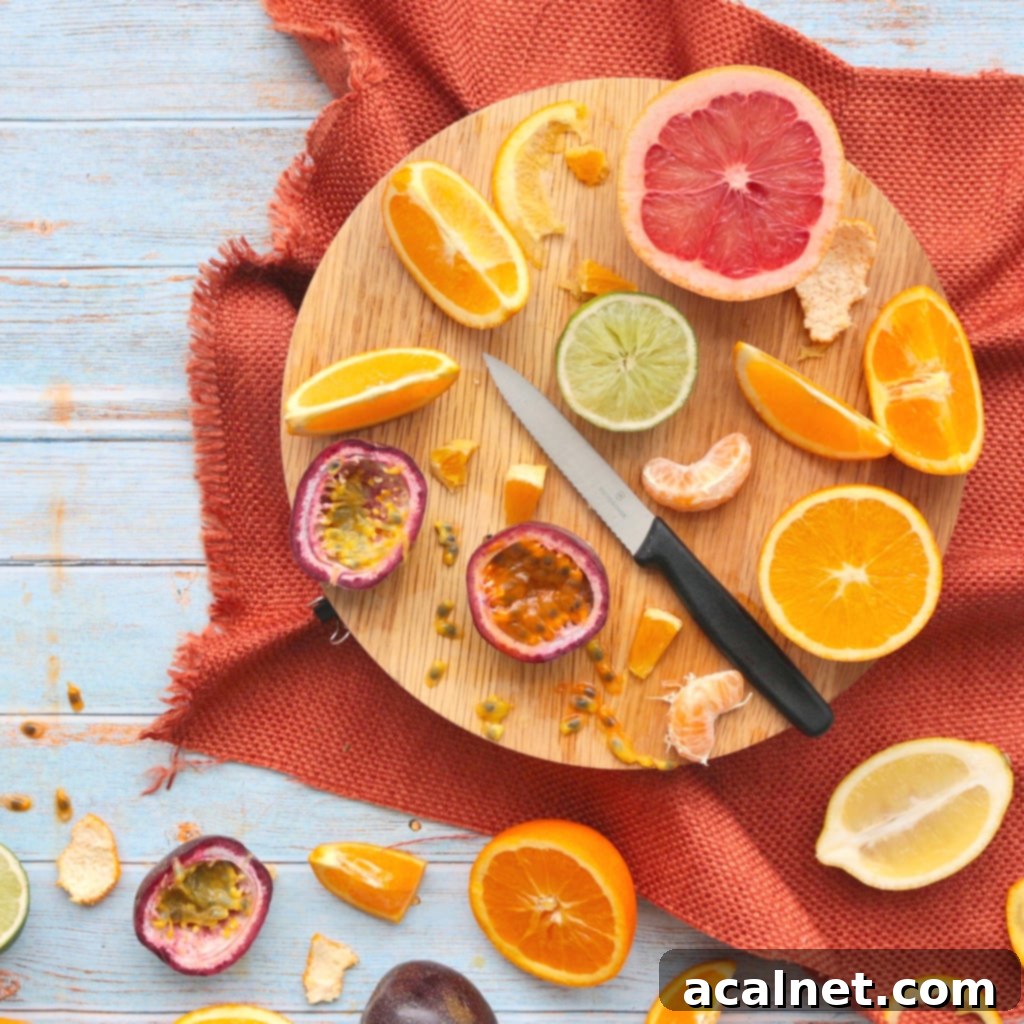Unlock Your Baking Potential: 10 Essential Ingredients Every Beginner Needs
Embarking on a baking journey, whether you’re a complete novice, looking to enhance your existing home baking skills, or simply eager to create delicious desserts and baked goods, all begins with a fundamental understanding of one crucial element: ingredients! Fortunately, you don’t need a pantry overflowing with obscure items. To start your delightful adventure in baking, you only require these 10 basic, yet incredibly versatile, baking ingredients.

Why the Right Baking Ingredients Are Crucial for Success
When I share my passion for baking, a common response I hear is, “I can’t bake!” But is it truly that you can’t, or simply that you haven’t yet discovered the joy and simplicity of it? Baking might appear daunting, a precise science, but I genuinely believe that with the right tools, a bit of practice, and most importantly, the right ingredients, anyone can become a confident home baker.
The process of baking cakes, breads, cookies, or other sweet treats can sometimes feel intricate, yet at other times, it can be surprisingly straightforward. For those new to the wonderful world of baking, it’s easy to feel overwhelmed by where to begin. My philosophy for embarking on a successful baking journey rests on three fundamental pillars:
- The Right Tools
- The Right Recipes
- The Right Ingredients
The Right Tools: In a previous article, I delved into my top 10 Essential Baking Tools and Utensils. These foundational items are what I consider indispensable for any baker’s kitchen, whether you’re just starting out or have years of experience. Having the correct equipment makes the process smoother and more enjoyable.
The Right Recipes: It’s natural to want to start with easy, beginner-friendly recipes that promise success. This approach builds confidence and allows you to learn basic techniques step-by-step without fear of failure. Start small, master the basics, and then gradually tackle more complex creations.
The Right Baking Ingredients: This is where our focus lies today. Many delicious baking recipes can be successfully created with just a handful of essential ingredients. These core items form the backbone of countless baked goods, providing structure, flavor, and texture. Once you have your essential tools and some reliable recipes, stocking your pantry with these key ingredients is the final step to getting ready to bake! They are the building blocks that will bring your culinary visions to life.
If you’re wondering exactly where to begin, look no further! Here are the 10 essential ingredients every aspiring baker should have readily available in their pantry. These baking essentials for beginners are precisely what you need to kickstart your delightful journey into the world of home baking, ensuring consistent, delicious results every time.
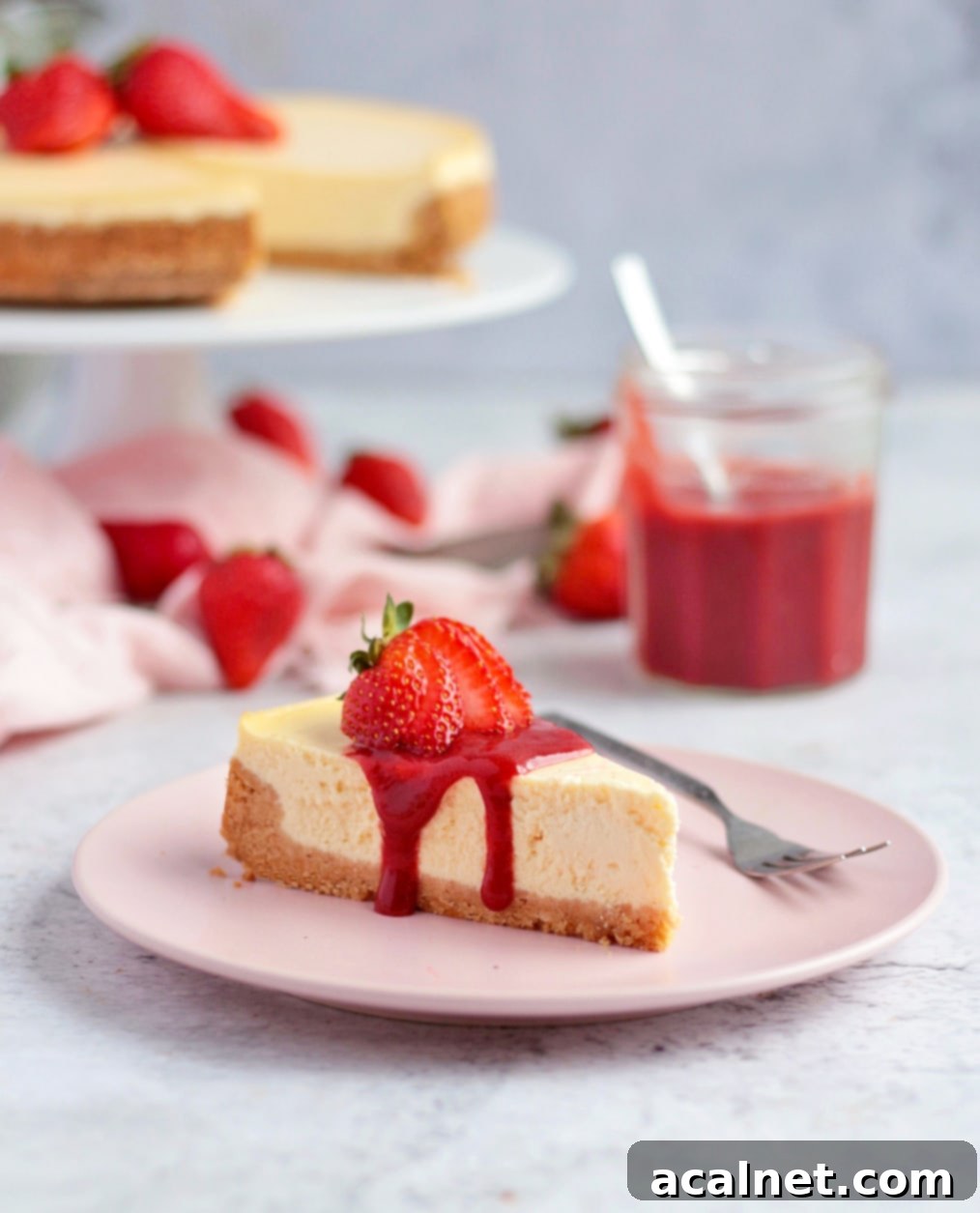
10 Must-Have Baking Ingredients for Your Pantry
1. Flour: The Foundation of Baked Goods
There is perhaps no more essential ingredient for baking than Flour. It forms the structural backbone of nearly all baked goods. Without flour – and specifically the gluten it develops when combined with liquid – your cakes, breads, and pastries would lack structure, holding everything together and providing the desired texture.
For beginner bakers, the simplest and most versatile option is All-Purpose Flour. This wheat flour is incredibly adaptable and can be used successfully in a vast majority of recipes, making it the perfect starting point. As you gain experience and wish to explore different textures and flavors, you can then branch out into more specialized flours. These include Bread Flour, which has a higher protein content for chewier breads, or Whole Wheat Flour, which offers a nuttier flavor and more fiber. For those with dietary restrictions or an interest in alternative baking, gluten-free options like Rice Flour, Almond Flour, Hazelnut Meal, Quinoa Flour, or Coconut Flour offer exciting new avenues for experimentation.
Understanding flour’s role is key: it provides the necessary structure that allows your baked goods to rise and hold their shape, ensuring a delightful texture in every bite. Proper storage in an airtight container in a cool, dark place is essential to maintain its freshness.
2. Rising Agents: Achieving That Perfect Lift
Most baking recipes rely on a rising agent to give baked goods their light, airy texture and volume. The most commonly used and versatile leavening agent for beginners is Baking Powder. You’ll find it called for in a wide array of cakes, muffins, cookies, and other quick breads.
While baking powder is a staple, some recipes might also recommend using Baking Soda, often in conjunction with an acidic ingredient (like buttermilk, yogurt, or lemon juice) that activates it. What’s the fundamental difference? Baking soda begins its leavening action almost instantly upon contact with an acid, whereas baking powder is a double-acting agent, meaning it reacts once when wet and again when heated in the oven. This delayed reaction is generally preferred for most baked goods, as it allows the rising action to start primarily in the oven, preventing the batter from deflating before it’s fully cooked. Always ensure your rising agents are fresh; stale baking powder or soda won’t provide the lift you need.
For making yeast breads, a different leavening agent is required: Yeast. For ease of use, especially for beginners, Instant Dry Yeast is highly recommended. It can be directly mixed with dry ingredients without prior proofing and can be conveniently stored in your pantry or freezer for extended freshness.
3. Sweeteners: The Heart of Delicious Desserts
If your baking endeavors lean towards the sweeter side, a sweetener is an indispensable ingredient. Beyond just providing sweetness, sugars play crucial roles in texture, moisture, and browning in your baked creations.
Sweeteners come in various forms:
- Processed Sugar: Typically found as granulated (white) or powdered (confectioners’ or icing) sugar.
- Natural Granulated/Powdered Sweeteners: Options like Coconut Sugar or Stevia.
- Natural Liquid Sweeteners: Including Honey, Maple Syrup, Agave Syrup, or Malt Syrup.
Most recipes, especially for beginners, will call for Granulated White Sugar. This is arguably the primary sweetener you should keep in your pantry due to its neutral flavor and wide application. I personally enjoy substituting white sugar with Granulated Brown Sugar, which imparts a richer, caramel-like flavor and often contributes to a chewier texture in cookies and cakes. For smooth frostings, buttercreams, and icings, Icing Sugar (also known as confectioners’ sugar) is essential for its fine texture that dissolves easily.
Depending on the recipe, liquid natural sweeteners like honey, agave syrup, or maple syrup can offer distinct flavor profiles and additional moisture, making them excellent choices for specific baked goods or as healthier alternatives.
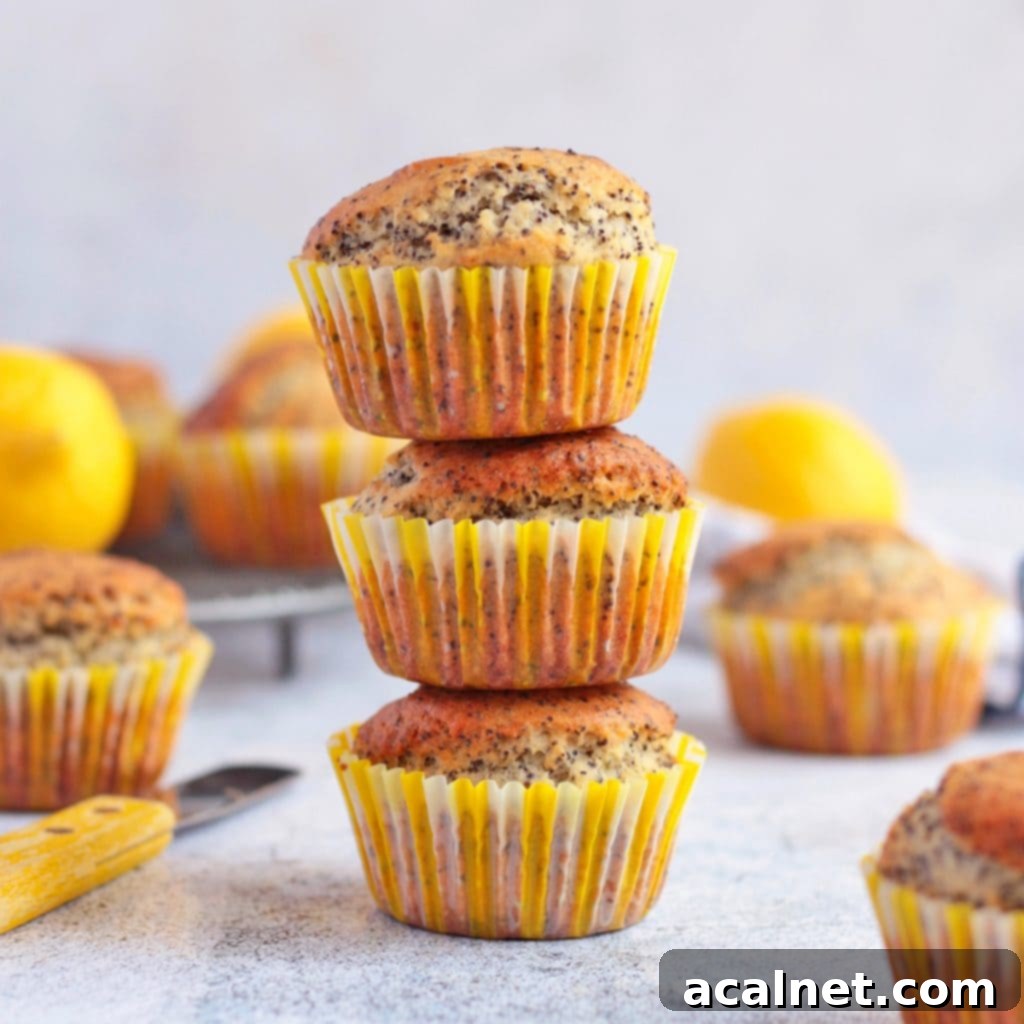
4. Fats: For Richness, Tenderness, and Flavor
While we might wish for a world where every cake and dessert could be fat-free, fats are fundamental to creating the rich texture, tender crumb, and moistness we crave in baked goods. Butter is the predominant source of fat used in most baking recipes, beloved for its creamy texture and unparalleled flavor contribution. However, various oils also serve as excellent alternatives or additions.
For a neutral taste that allows other flavors to shine, Canola Oil or Sunflower Oil are excellent choices. They contribute moisture without imparting a strong flavor of their own. For those seeking to add an interesting dimension to their desserts, particularly in fruit-based cakes, replacing butter with Olive Oil can be a fantastic option, as I’ve done with my Peach Almond Olive Oil Cake.
When using olive oil in baking, always opt for a good quality extra virgin olive oil. Lower quality olive oils tend to become bitter when subjected to baking temperatures, which can negatively impact the overall flavor of your dessert. Fats are crucial for tenderness and ensuring your baked goods don’t dry out, making them indispensable in your pantry.
5. Eggs: The Versatile Binder and Leavener
Eggs are truly indispensable in the realm of baking, performing multiple critical functions that contribute to the success of your creations. The egg yolk, rich in fat, acts as a powerful emulsifier, binding together fats and liquids to create a smooth, cohesive batter. This emulsifying action helps prevent separation and ensures a uniform texture.
Beyond binding, eggs also play a significant role in leavening, especially when beaten. Incorporating air into egg whites or whole eggs creates a light, airy structure, contributing to a cake’s rise and delicate crumb. They also add richness, moisture, and contribute to the beautiful golden-brown color of many baked goods.
Some recipes call for the whole egg, while others require you to separate the egg yolk from the white, each serving a distinct purpose. Whenever possible, strive to use high-quality eggs—such as free-range or cage-free—as their superior flavor and nutritional content can subtly enhance your desserts. Always try to bring your eggs to room temperature before baking, as they emulsify more easily and contribute to a smoother batter.
6. Salt: The Unsung Flavor Enhancer
I understand, I understand. If you’re completely new to baking, you might be wondering why Salt has made it onto this essential list. Isn’t baking all about sweetness? While sugar brings the sweetness, salt is actually an incredibly crucial baking ingredient that should never be overlooked.
Its primary role is not to make your desserts taste salty, but rather to balance and significantly enhance the flavors of all the other ingredients. Salt cuts through excessive sweetness, brightens complex flavors, and can even tenderize gluten in doughs. It’s the secret ingredient that makes chocolate taste “more chocolatey” and caramel taste “richer.”
For baking, it’s best to avoid coarse salts like large-flake sea salt or kosher salt, as they don’t dissolve easily and can result in pockets of intense saltiness. Instead, opt for a fine-grain table salt or fine sea salt that will disperse evenly throughout your batter or dough, ensuring a harmonious balance of flavors. A pinch of salt truly makes all the difference.
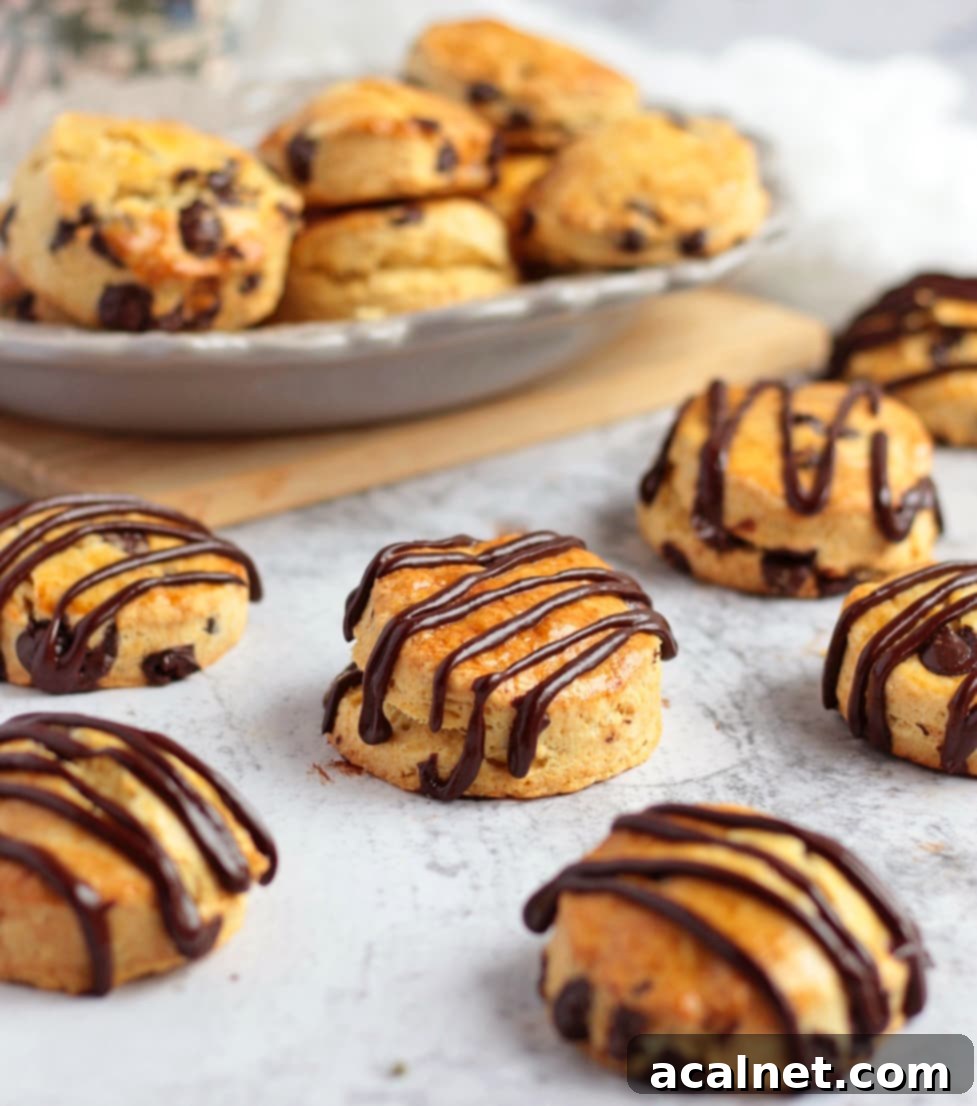
7. Milk or Cream: Adding Moisture, Richness, and Flavor
Milk is a vital liquid component in baking, serving several key functions. It acts as the primary binder for all the dry ingredients, hydrating flours and activating leavening agents. Beyond its binding properties, milk also contributes fat, leading to a richer crumb, and helps with browning reactions that give baked goods their appealing golden crust. Furthermore, milk can impart subtle flavors, enhancing the overall taste profile of your creations.
While you can certainly use whatever type of milk you typically have in your refrigerator, I personally lean towards using Full Cream Milk (whole milk). Its higher fat content results in a more tender, moist, and richer finished product. Although dairy milk is the most commonly used, it’s often possible to substitute it with various Plant-Based Milks, making many recipes accessible to those with dietary preferences or restrictions.
Almond Milk or Coconut Milk, for instance, not only provide a non-dairy alternative but can also introduce subtle, delightful flavors to your batters, adding another layer of complexity to your baked goods. In addition to or as a replacement for milk, Creams are frequently used for added richness and texture. This category includes Heavy Cream, Thickened Cream, Sour Cream, Double Cream, or even Yogurt, each offering a unique contribution to moisture, tenderness, and flavor.
8. Chocolate and Cacao Powder: The Ultimate Indulgence
For many sweet enthusiasts, chocolate is an undeniable favorite. Alongside fruits, it’s one of the most popular ingredients for flavoring desserts. Depending on the recipe and desired outcome, you’ll reach for either cooking chocolate (in bar or chip form) or cacao powder. Each offers a distinct way to infuse your baked goods with that beloved chocolatey taste.
Cooking chocolate is typically melted and incorporated into batters or used as a coating or drizzle. Cacao powder, on the other hand, is a dry ingredient that adds deep chocolate flavor and color to dry mixes. To truly elevate your chocolate desserts, I cannot stress enough the importance of investing in good quality chocolate and cacao powder – you will undoubtedly taste the difference!
For a richer, less intensely sweet flavor, I highly recommend opting for Dark Cooking Chocolate over milk chocolate for most baking applications. Similarly, ensure you use Unsweetened Cacao Powder, as this allows you to control the sugar content of your dessert independently. Personally, I always try to use Belgian Chocolate when available, as it’s renowned for its superior quality and exquisite flavor profile, making your chocolate creations truly exceptional.
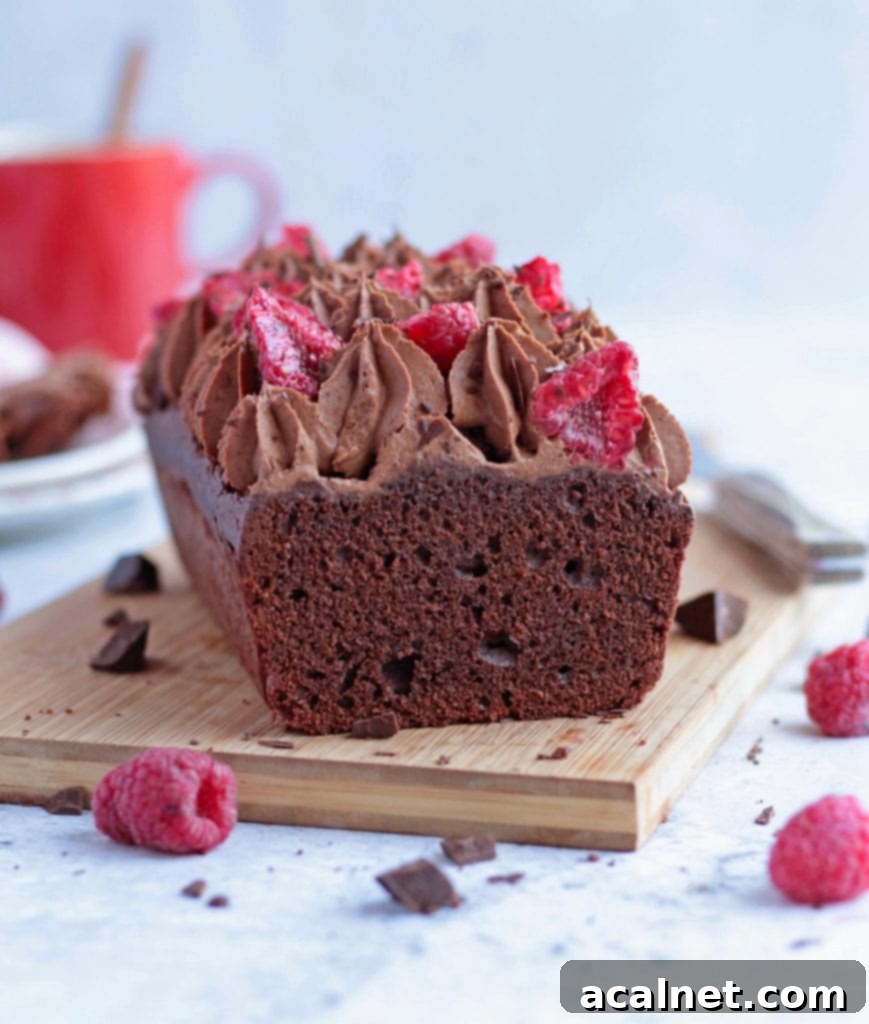
9. Spices and Flavoring Extracts: Adding Depth and Aroma
To truly elevate your baked goods beyond mere sweetness, spices and flavoring extracts are your allies, introducing wonderful complexity, aroma, and depth. They can transform a simple recipe into something extraordinary with just a pinch or a few drops.
Spices
For baking with fruits, the most ubiquitous spice is Ground Cinnamon. It’s a versatile spice that can dramatically enhance the natural sweetness and warmth of fruit-based desserts, making it a definite must-have. Beyond cinnamon, other commonly used spices in baking include Nutmeg (fantastic with dairy and custards), Ground Ginger (perfect for gingerbread and autumnal treats), Ground Cloves, and Star Anise. If you’re new to incorporating spices into your cakes and desserts, you might want to try my Spiced Red Wine Poached Pears recipe to experience their magic firsthand. Proper storage of spices in a cool, dark place is crucial to preserve their potency.
Extracts
The world of flavoring extracts is vast, offering an array of choices like Coffee Extract, Almond Extract, and Rose Water Extract. However, the one extract that truly deserves a permanent spot in every beginner’s pantry is Vanilla Extract. It’s an incredibly easy way to impart a warm, comforting, and universally loved flavor to almost any cake, cookie, or batter.
When selecting vanilla extract, always aim for natural pure extracts rather than artificial versions, as the flavor difference is significant. Be mindful when using extracts, as they can be quite potent; start with just a few drops and add more if needed. For an even more intense and authentic vanilla flavor, consider using fresh Vanilla Beans or Vanilla Paste as alternatives.
10. Fruits: Adding Natural Sweetness, Moisture, and Zest
What would many desserts and baked goods be without the vibrant inclusion of Fruits? They provide natural sweetness, essential moisture, a delightful burst of flavor, and often a pleasant textural contrast. Fruits are incredibly versatile, and you can generally use either fresh or frozen varieties, although fresh fruits will almost always offer superior taste, aroma, and texture when in season.
To achieve the freshest and most vibrant flavors in your baking, make a point of using seasonal fruits. This not only ensures the best taste but also supports local produce. A clever trick for year-round enjoyment is to freeze your favorite fruits when they are at their peak ripeness during their season. This way, you can enjoy the taste of summer berries or autumn apples long after their season has passed, ready to be incorporated into pies, crumbles, muffins, or tarts. Fruits add a healthy, refreshing dimension to baked goods, making them a delicious and integral part of your essential baking pantry.
Ready to Start Your Baking Journey?
Now that you’re equipped with the knowledge of these 10 essential baking ingredients, you’re more than ready to step into your kitchen and begin creating. Remember, baking is a skill that improves with practice, and starting with these fundamental items will set you up for consistent success. Don’t be afraid to experiment, follow recipes carefully, and most importantly, enjoy the process of turning simple ingredients into delicious works of art. Happy baking!
